What Is More Energy-Efficient: IPv4 or IPv6?
The transition to IPv6 holds the potential to reduce global energy consumption and foster a sustainable future in networking. However, the slow adoption rates of IPv6 have prompted alternative approaches, such as IPv4 leasing, to address sustainability concerns in the interim.
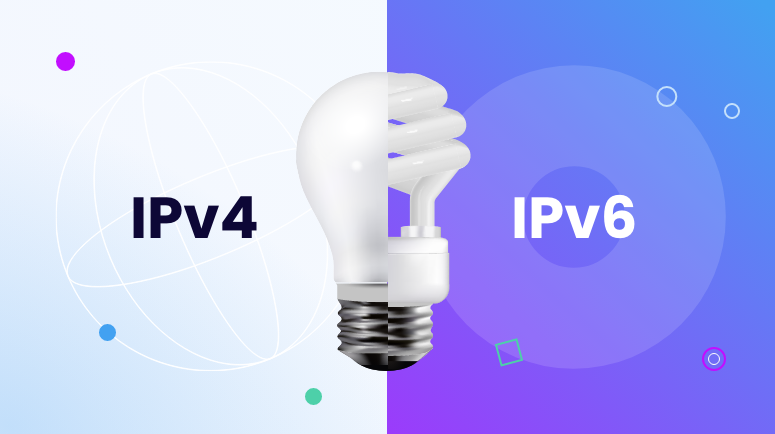
In the vast realm of networking, two significant protocols have shaped the digital landscape: IPv4 and IPv6. These protocols facilitate the communication and connectivity of devices across the internet.
IPv4, which stands for Internet Protocol version 4, has been the backbone of our digital infrastructure for several decades. However, with the advent of exponential growth in internet-connected devices and emerging technologies, Internet Protocol version 6 (IPv6) has emerged as a potential successor to address the limitations posed by its predecessor.
In the digital era, there has been an extraordinary increase in energy usage because of the widespread expansion of information technology systems across the globe. As technology continues to evolve at an ever-accelerating pace, there arises a pressing concern for energy sustainability and efficiency.
The exponential growth in internet usage, coupled with an expanding number of connected devices, necessitates a profound examination of how network protocols such as IPv4 and IPv6 contribute to this energy consumption. Evaluating the sustainability implications of these protocols is crucial for shaping a more sustainable internet landscape.
Key takeaways:
- IPv4 has various limitations, including its restricted address space, which led to the development of IPv6 to accommodate the growing number of internet-connected devices.
- Network devices consume power differently when processing IPv4 and IPv6 packets: IPv6 requires lower power usage due to its simplified header structure and native support in routers and switches.
- Leasing IPv4 addresses can provide connectivity between legacy systems reliant on IPv4 and modern networks embracing IPv6, while reducing the need for new IP addresses, optimizing resource usage, and bridging the gap during the transition to IPv6.
Overview of IPv4 and its Electric Consumption
Understanding the anatomy of IPv4 addresses
The Internet Protocol version 4 (IPv4) is the fourth revision of the Internet Protocol, which is the fundamental communication protocol used in computer networks. The IPv4 addressing system is based on a 32-bit address space, allowing for a maximum of approximately 4.3 billion unique addresses.
These addresses are represented in four sets of numbers ranging from 0 to 255, separated by periods (e.g., 192.168.1.1). Each device connected to an IPv4 network must have a unique address assigned to it.
The division of IPv4 addresses includes two components: the network address and the host address. A subnet mask usually represented as a set of numbers similar to an IP address (e.g., 255.255.255.0), determines the separation between these two parts.
The subnet mask helps identify which portion of the IP address represents the network and which part identifies the specific host machine within that network. The structure of an IPv4 address allows for hierarchical routing, enabling efficient delivery of packets across various networks.
Despite its widespread usage over several decades, one significant limitation associated with IPv4 is its limited address space or capacity to accommodate unique IP addresses due to its fixed length of only 32-bits.
With exponential growth in internet-connected devices, such as smartphones, IoT gadgets, and computers, the demand for IP addresses has surpassed the available pool. This scarcity of addresses led to the development of IPv6 overcoming this limitation.
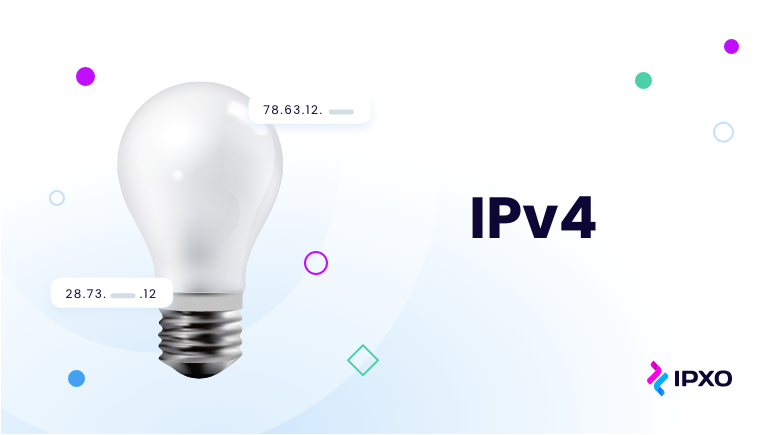
How network devices handle IPv4 packets
When it comes to IPv4 packets, network devices like routers and switches play a vital role in their efficient processing. Upon packet arrival, these devices scrutinize the destination IP address to determine the optimal routing path. To accomplish this, they refer to their routing tables, searching for the appropriate outgoing interface for forwarding the packet.
This operation involves header analysis, routing table or cache lookups, and execution of switching tasks. Various factors, including hardware capabilities and traffic load, influence the power requirements of network devices.
Typically, these devices incorporate specialized components such as network processors or Application-Specific Integrated Circuits (ASICs), designed specifically to handle packet processing with utmost efficiency. Power consumption varies based on factors such as port speed (e.g., 10/100/1000 Mbps), routing complexity, active connections, quality of service settings, and overall device efficiency.
Overview of IPv6 and its Electric Consumption
Explanation of IPv6 addressing system
IPv6, the next-generation Internet Protocol, was developed to address the limitations of IPv4 and cater to the ever-expanding requirements of our interconnected world. One prominent feature that sets IPv6 apart is its immensely larger address space. While IPv4 offers approximately 4.3 billion unique addresses, IPv6 provides a mind-boggling 340 undecillion (10^36) addresses.
IPv6 achieves its expanded address space by utilizing a 128-bit format, which is significantly larger than the 32-bit format used in IPv4. In practical terms, this means that every device connected to an IPv6 network can have its own unique IP address without the need for complicated Network Address Translation (NAT) techniques.
IPv6 addresses are represented using eight groups of four hexadecimal digits separated by colons (:). For instance, an IPv6 address might appear as 2001:0db8:85a3:0000:0000:8a2e:0370:7334. However, due to their length and potential complexity, leading zeros within each group can be omitted for brevity (e.g., 2001:db8:85a3::8a2e:370:7334).
Furthermore, it is possible to utilize double colons (::) once within an address to substitute consecutive groups that consist solely of zeros. This abbreviated notation allows for easier readability while maintaining uniqueness.
The advantages of IPv6 in terms of address space and efficiency
The most significant advantage offered by IPv6 lies in its vast address space which solves the scarcity issue faced by IPv4. With billions more devices expected to join the internet in the coming years through IoT and other advancements, IPv6 ensures that we will not run out of available addresses.
Moreover, the hierarchical structure of IPv6 addresses allows for better management and allocation, resulting in improved efficiency and reduced routing complexity. Additionally, IPv6 incorporates features like stateless address autoconfiguration and built-in IPsec (Internet Protocol Security), enhancing security and simplifying network administration.
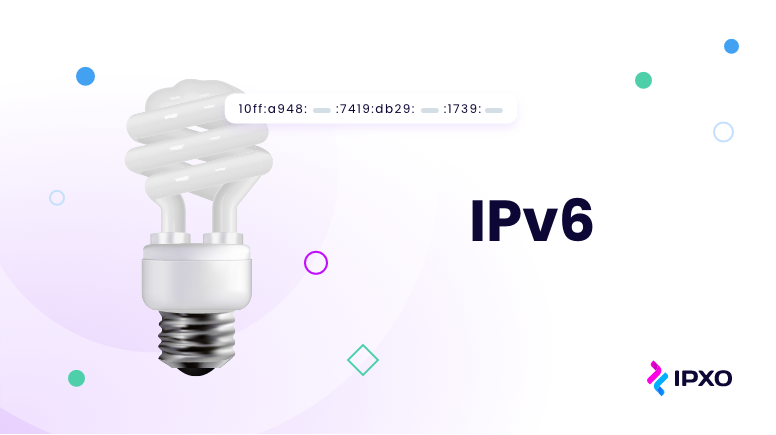
Power considerations in the processing of IPv6 packets by network devices
In handling IPv6 packets, network devices, including routers, switches, and network interface cards (NICs), encounter distinct power requirements owing to the structural disparities between IPv6 and IPv4 protocols. The increased address length in IPv6 necessitates longer lookup tables within network equipment’s routing tables.
This can potentially strain the memory resources on devices with limited capacities. Moreover, handling complex tasks like fragmentation avoidance or managing transition mechanisms between the two protocols (if applicable) may require additional processing power.
These considerations collectively impact the energy consumption of network devices when dealing with larger volumes of IPv6 traffic compared to traditional IPv4 packets. Although the adoption of IPv6 brings transformative improvements in terms of address space efficiency and functionality, organizations must carefully evaluate these advantages against the potential increase in energy consumption as they transition from predominantly using IPv4 to a dual-stack or an all-IPv6 infrastructure.
Electric Consumption Between IPv4 and IPv6
Power usage during packet routing
When comparing the electric consumption of IPv4 and IPv6 during packet routing, it’s been observed that IPv6 generally consumes less power. This is primarily due to the simplified header structure in IPv6. The shorter fixed-length 40-byte header eliminates the need for complex header processing techniques like NAT used in IPv4. As a result, routers and switches equipped with native support for IPv6 consume less power, as they have reduced packet manipulation requirements.
Power consumption during address allocation processes
Address allocation is a critical process in both IPv4 and IPv6. However, there are noticeable differences in electric consumption between the two protocols. In IPv4, address allocation heavily relies on Dynamic Host Configuration Protocol (DHCP) servers, which consume additional power to handle address assignment requests from multiple devices within a network.
Conversely, in IPv6, Stateless Address Autoconfiguration (SLAAC) is commonly used due to its extensive address space. SLAAC eliminates the need for DHCP servers as devices can generate their own unique addresses based on network prefixes provided by routers or local configuration parameters. This streamlined process reduces power consumption by removing the dependency on energy consuming DHCP servers.
Energy efficiency improvements with native support for IPv6
Transitioning to IPv6 offers a notable advantage of potentially improved energy efficiency in network devices compared to running dual-stack networks supporting both IPv4 and IPv6 simultaneously. Network devices designed with native support for only one protocol can optimize their hardware architecture specifically for that protocol’s requirements.
This specialization allows manufacturers to implement energy-efficient features tailored solely for either IPv4 or IPv6. Studies have indicated that routing devices supporting only IPv6 can achieve higher energy efficiency compared to those simultaneously supporting both IPv4 and IPv6, making a strong case for embracing a full transition to IPv6. For example, a study “Towards energy efficiency and green network infrastructure deployment in Nepal using software-defined IPv6 network paradigm” demonstrated that a reduction of carbon footprint and power saving of 17 to 30% can be achieved by running IPv6.
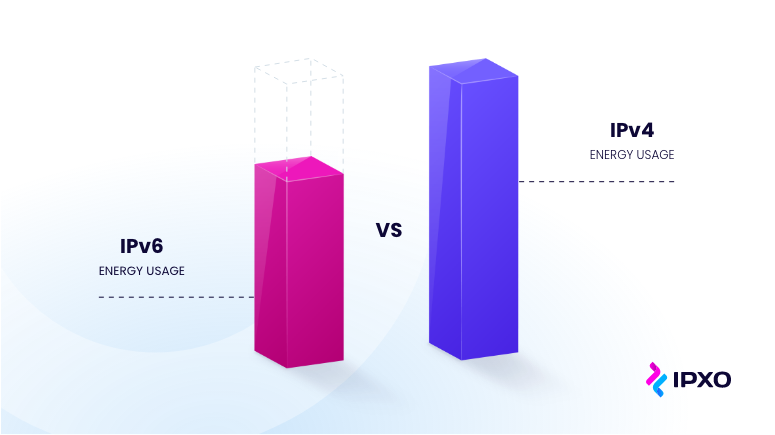
By thoroughly examining power usage during packet routing, address allocation processes, and energy efficiency improvements with native support for IPv6, it becomes evident that transitioning from IPv4 to IPv6 can lead to considerable reductions in electric consumption. These findings highlight the importance of embracing the newer protocol not only for its addressing advantages but also for its potential positive impact on global energy consumption.
Compatibility issues between IPv6-only networks and legacy systems
However, the transition from IPv4 to IPv6 is not without its challenges. One of the major hurdles that organizations face when implementing IPv6 is the compatibility issues with legacy systems that still rely on the old protocol.
Many businesses have invested heavily in infrastructure that operates solely on IPv4, making a complete shift to IPv6 a daunting task. This incompatibility leads to disruptions in connectivity, loss of productivity, and additional costs for system upgrades or replacements.
IP leasing: A bridge to seamless technological progress
While IPv6 is considered the long-term solution to address exhaustion, IPv4 leasing can be seen as a sustainable option for organizations to bridge the gap between IPv4 depletion and full IPv6 adoption.
IPv4 leasing involves the temporary assignment of IPv4 addresses from address brokers or service providers who have a surplus of available addresses. By leasing IPv4 addresses, organizations can make the most of the existing IPv4 address pool and contribute to the efficient utilization of this scarce resource.
Leased IP addresses act as vital conduits for data flow between legacy systems relying on IPv4 and modern networks embracing the advantages of IPv6. This “Bridge Lease” concept encapsulates how leasing allows businesses to gradually adapt while providing uninterrupted service delivery to users across both realms. This solution acknowledges the nuances and complexities involved in the transition while ensuring continued compatibility and functionality.
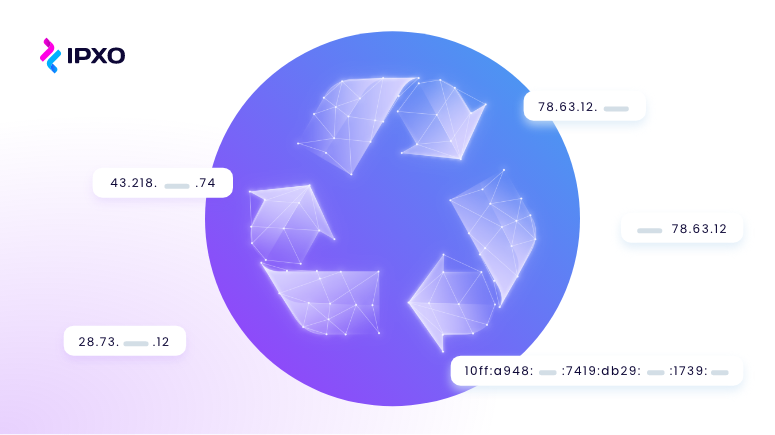
Rather than letting unused IPv4 addresses sit idle, leasing enables their reuse, reducing the demand for new IP addresses and the associated hardware and infrastructure requirements. It offers flexibility in address allocation, allowing organizations to scale their network operations without the need for a complete transition to IPv6, which can be particularly beneficial for organizations with legacy systems or specific requirements that make an immediate migration to IPv6 challenging.
Furthermore, the flexibility offered by leasing allows for scalability and adaptability, ensuring that businesses can address changing demands without unnecessary overprovisioning or underutilization. By mitigating transition challenges between IPv6-only networks and legacy systems, leased IPv4 addresses act as a bridge to seamless technological progress.
Conclusion
In this ever-evolving digital landscape, it is crucial for us to make conscious choices that align with environmental preservation while meeting our needs. While IPv6 offers improved energy efficiency, its slow adoption hinders its full capacity. By recognizing the potential of IPv4 leasing as a sustainable option, organizations can leverage existing resources while preparing for the inevitable shift to IPv6.
This transitional approach ensures efficient resource utilization, reduces unnecessary hardware investments, and optimizes energy consumption while preparing for the inevitable shift to the next-generation Internet Protocol.
Let us move forward confidently by embracing leased IPv4 addresses as an efficient and sustainable way to navigate the demanding world of internet connectivity, ensuring a brighter future for all.
FAQ about energy consumption and IPs
IPv6 adoption has been slow for the past decade due to address exhaustion, compatibility issues, lack of immediate benefits, complexity of migration, ISP readiness, and lack of consumer demand. However, the ongoing growth of connected devices and the eventual exhaustion of IPv4 addresses are gradually pushing the industry toward wider IPv6 adoption. The latter has particularly accelerated since 2014 as IPv6 rollouts expanded globally.
Power consumption primarily depends on factors such as the efficiency of hardware, software optimizations, traffic patterns, and network design. By adopting energy-efficient networking equipment, implementing power-saving features, and optimizing network configurations, organizations can minimize power consumption regardless of whether they are using IPv4 or IPv6.
To reduce energy consumption in IP networking:
- Optimize network topology by utilizing distributed or peer-to-peer architectures and implementing technologies like virtualization and cloud computing.
- Analyze traffic patterns and implement traffic shaping mechanisms to prioritize critical data and limit bandwidth-intensive applications.
- Utilize energy-saving hardware such as routers and switches with power-saving features like Energy Efficient Ethernet (EEE).
- Incorporate IoT devices to monitor power usage and optimize energy consumption.
- Deploy efficient routing protocols, utilize network monitoring tools, and implement intelligent scheduling algorithms for optimal power utilization.
The size of the IP address space does impact energy efficiency in IP networking. With the limited address space of IPv4, there is a higher demand for network address translation (NAT) and complex routing techniques, which require additional processing and power consumption in network devices. In contrast, the significantly larger address space of IPv6 eliminates the need for NAT and simplifies routing, resulting in more efficient packet handling and reduced energy consumption in IP networking.
Different types of traffic, such as continuous data streaming or bandwidth-intensive applications, can consume more electricity compared to sporadic or low-volume traffic. During peak hours and periods of increased user activity, network devices may operate at maximum capacity, leading to higher power consumption. Conversely, during off-peak hours or periods of low activity, some devices can enter power-saving modes to conserve energy. Optimizing traffic patterns and implementing traffic shaping mechanisms can help prioritize critical data and limit non-essential or bandwidth-intensive applications, resulting in improved energy efficiency.
About the author
Table of contents
Key takeaways:
Overview of IPv4 and its Electric Consumption
Understanding the anatomy of IPv4 addresses
How network devices handle IPv4 packets
Overview of IPv6 and its Electric Consumption
Explanation of IPv6 addressing system
The advantages of IPv6 in terms of address space and efficiency
Power considerations in the processing of IPv6 packets by network devices
Electric Consumption Between IPv4 and IPv6
Power usage during packet routing
Power consumption during address allocation processes
Energy efficiency improvements with native support for IPv6
Compatibility issues between IPv6-only networks and legacy systems
IP leasing: A bridge to seamless technological progress
Conclusion
FAQ about energy consumption and IPs
Related reading

Open Internet and IP Address Management
Embrace the Open Internet's principles and navigate the evolving landscape of IP address management. Discover how we're adapting to new realities at IPXO, empowering you with access to IP…
Read more
The Evolution of Route Origin Authorization: Insights from IPXO’s Half-Year Journey
Discover the transformative power of Route Origin Authorization and fortify your network's security and efficiency with valuable insights from IPXO's mid-2023 journey.
Read more
First Came IPv4, Then IPv6. What Happened to IPv5?
IPv4 and IPv6 are the only two versions of the Internet Protocol in use. Discover what happened to IPv5 and whether or not the current versions of the Internet…
Read moreSubscribe to the IPXO email and don’t miss any news!
